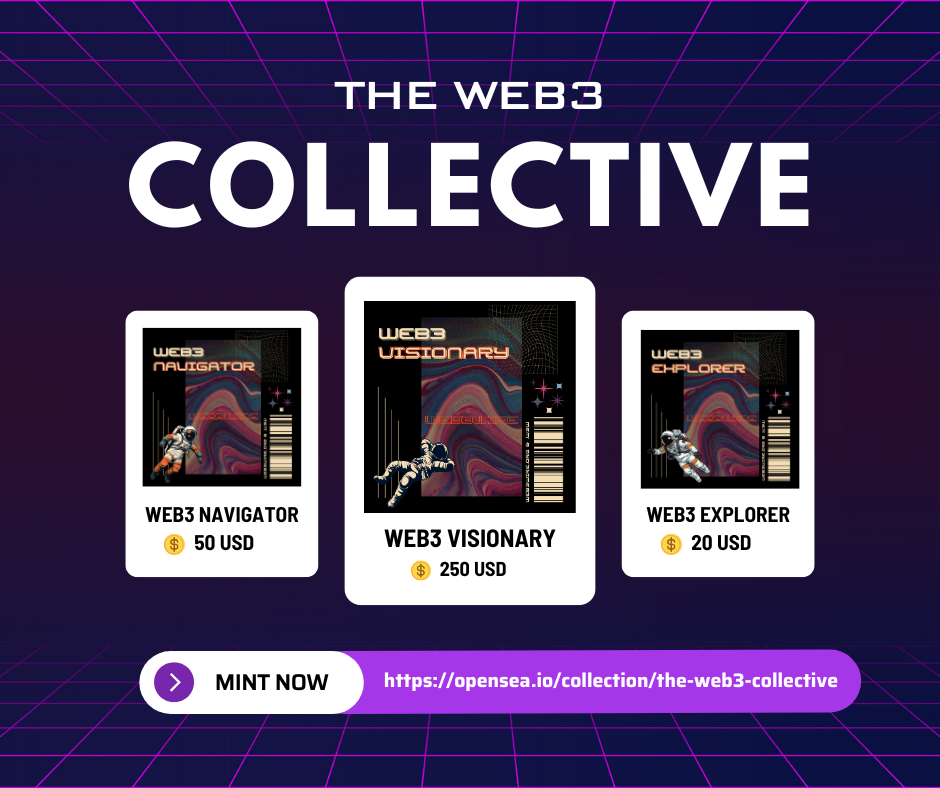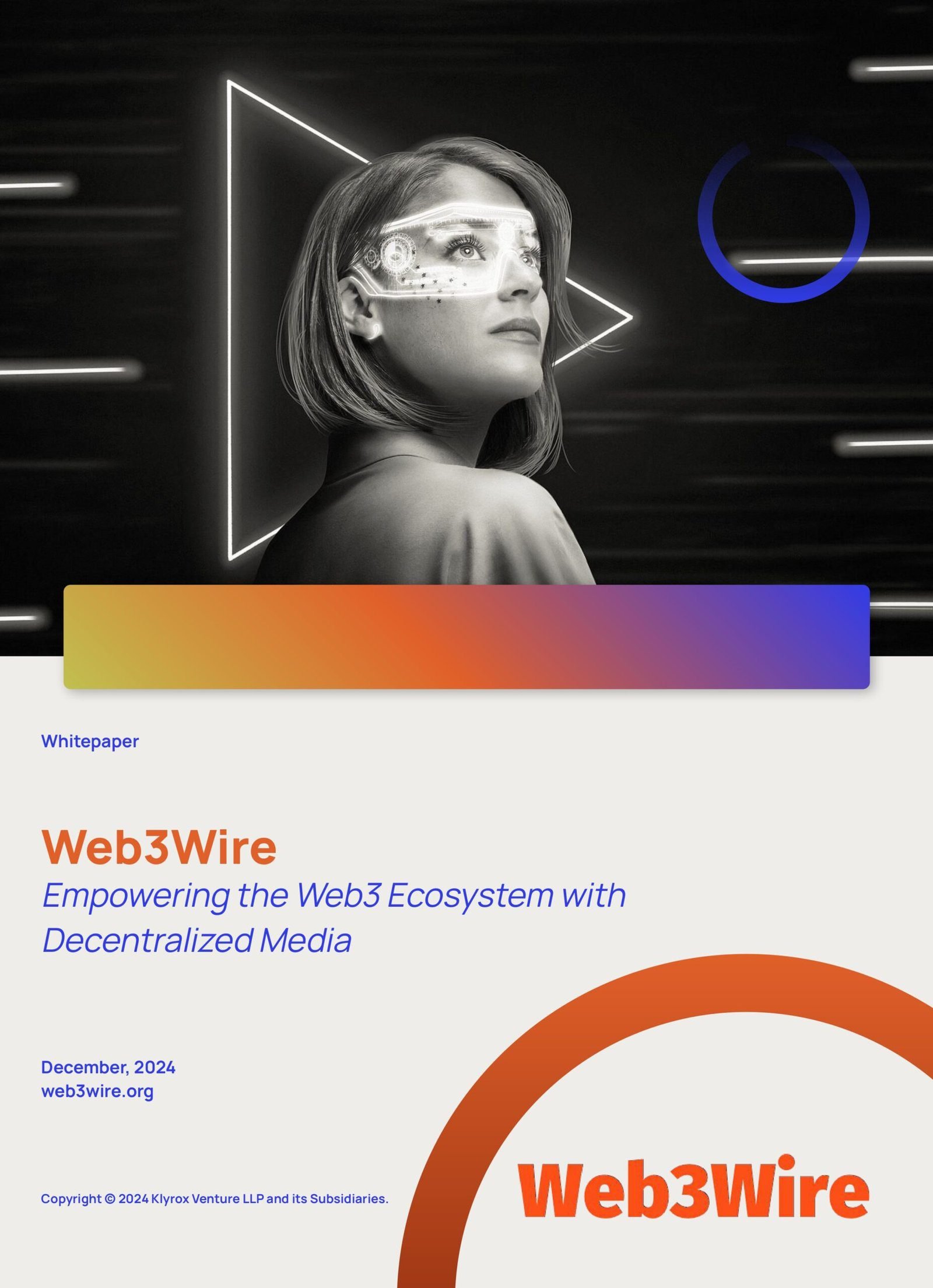
Exploring the Market Potential of Web3 Gaming Tokens
In the rapidly evolving landscape of digital technology, Web3 gaming tokens are emerging as a crucial element that could redefine the gaming industry. These tokens leverage blockchain technology, which provides a decentralized, transparent, and secure environment. As the gaming industry becomes more entwined with blockchain, understanding the market potential of Web3 gaming tokens is essential for investors, developers, and enthusiasts alike.
The Dawn of Web3 Gaming
Web3 represents the third generation of internet services, focused on decentralization, blockchain technologies, and improved user interactivity. In gaming, Web3 is driving a significant shift towards decentralized platforms, where players have more control over their in-game assets and the economic value they generate.
What are Web3 Gaming Tokens?
Web3 gaming tokens are digital assets that serve various functions within decentralized gaming platforms. They can act as currencies, rewards, or ownership certificates for in-game items, enabling a seamless interchange of value between players and game developers.
- In-Game Currency: These tokens can be used to purchase items, power-ups, or unlock special features within the game.
- Tokenized Assets: Players can own unique items, artwork, or characters as tokens, allowing real ownership and trade capability outside the confines of the game.
- Governance Tokens: These enable players to participate in the decision-making processes of the game’s development and future changes, fostering a community-driven platform.
Market Dynamics and Opportunities
The market dynamics for Web3 gaming tokens are shaped by technological advancements, community growth, regulatory developments, and user adoption rates. As the sector matures, several opportunities are emerging.
1. Growing Ecosystem
Web3 games are gaining traction because of their ability to build trust and transparency with users. Unlike traditional games, where digital assets have no value outside the game, Web3 allows players to own, trade, and monetize their in-game assets across multiple platforms.
- Decentralized applications (DApps) are fostering new economic models, where players can earn while playing.
- The integration of non-fungible tokens (NFTs) with Web3 games adds a new level of uniqueness and identity to digital assets.
2. Enhanced Player Experience
With Web3, player engagement is significantly enhanced as players have real stake in the games they play. They are not just users but shareholders and decision-makers.
- Transparent algorithms and smart contracts build trust among players.
- Play-to-earn models provide financial incentives, driving user engagement.
3. Investors’ Paradise
The decentralized entertainment sector is attracting considerable attention from investors looking for innovative projects with long-term potential. Web3 token economies present unique investment opportunities.
- Early-stage investments can yield substantial returns as games gain popularity.
- Partnerships with blockchain networks enhance growth prospects.
Challenges in the Web3 Gaming Market
Despite its potential, the market for Web3 gaming faces numerous obstacles that need to be addressed for it to reach maturity.
1. Regulatory Concerns
Regulatory clarity is essential for the sector to blossom. Compliance with laws that govern cryptocurrencies and digital assets will be a decisive factor in achieving widespread acceptance. Uncertainties in this arena can deter potential investors and stifle innovation.
2. Technical Barriers
Blockchain scalability, network speed, and user experience are crucial technical challenges. Games necessitate fast and seamless interaction, which current blockchain networks often struggle to provide.
3. Market Saturation
As more developers enter the Web3 space, ensuring quality and differentiation becomes crucial. There is a risk of market saturation, where numerous similar offerings dilute user attention and investment.
The Future Outlook
The future of Web3 gaming tokens appears bright, given their capability to transform how games are developed, marketed, and played. As important stakeholders – governments, developers, and players – continue to address obstacles, the potential for growth is immense.
Investors willing to navigate the early challenges of this nascent market stand to gain significantly when Web3 gaming achieves mainstream success. This success relies heavily on continuous technological advancements, fair regulatory environments, and fruitful user engagement strategies.
Overall, Web3 gaming tokens are not just a passing trend; they represent the future of interactive digital entertainment, poised to revolutionize the gaming landscape. As the sector evolves, it opens up new avenues for creativity, innovation, and substantial economic opportunities.
“`







